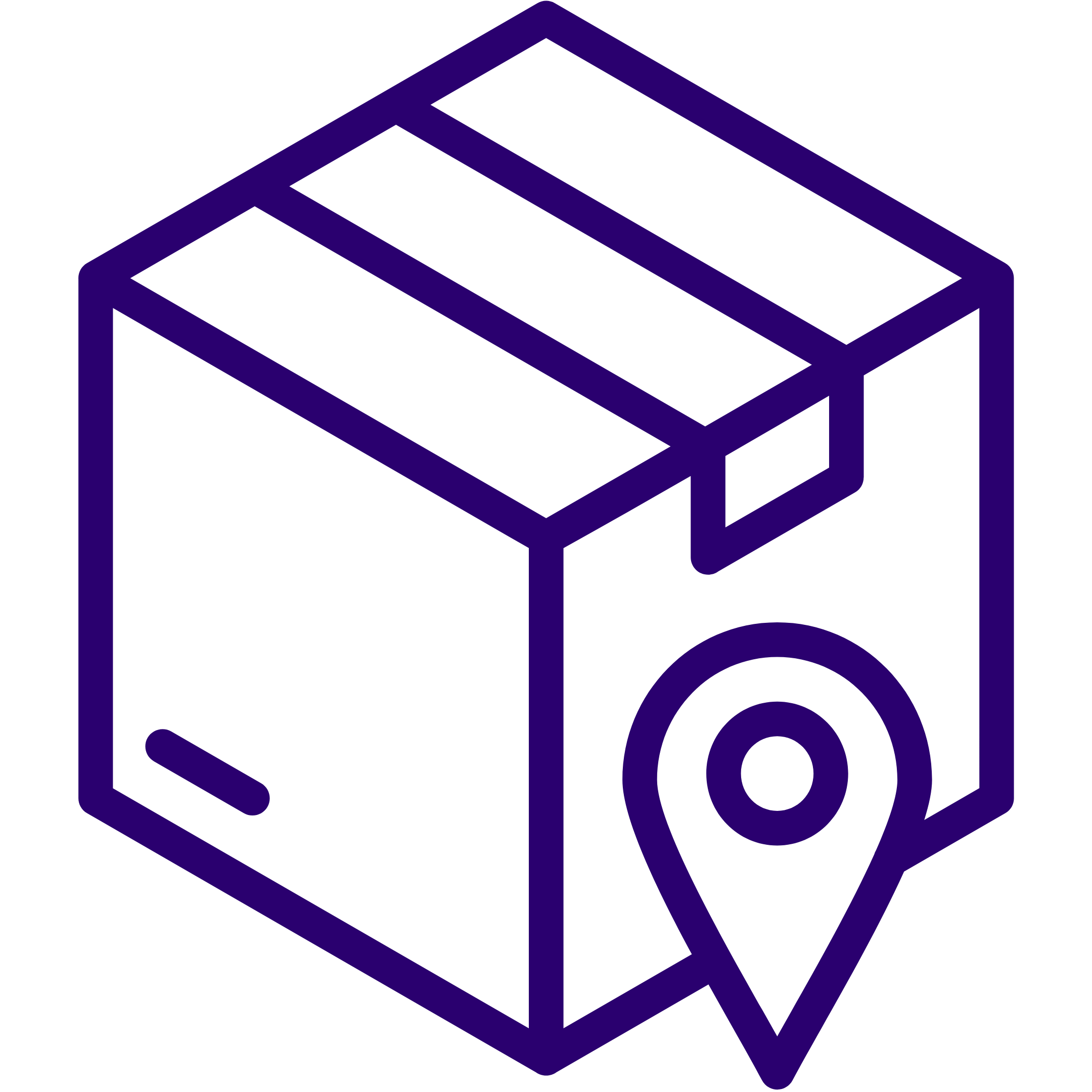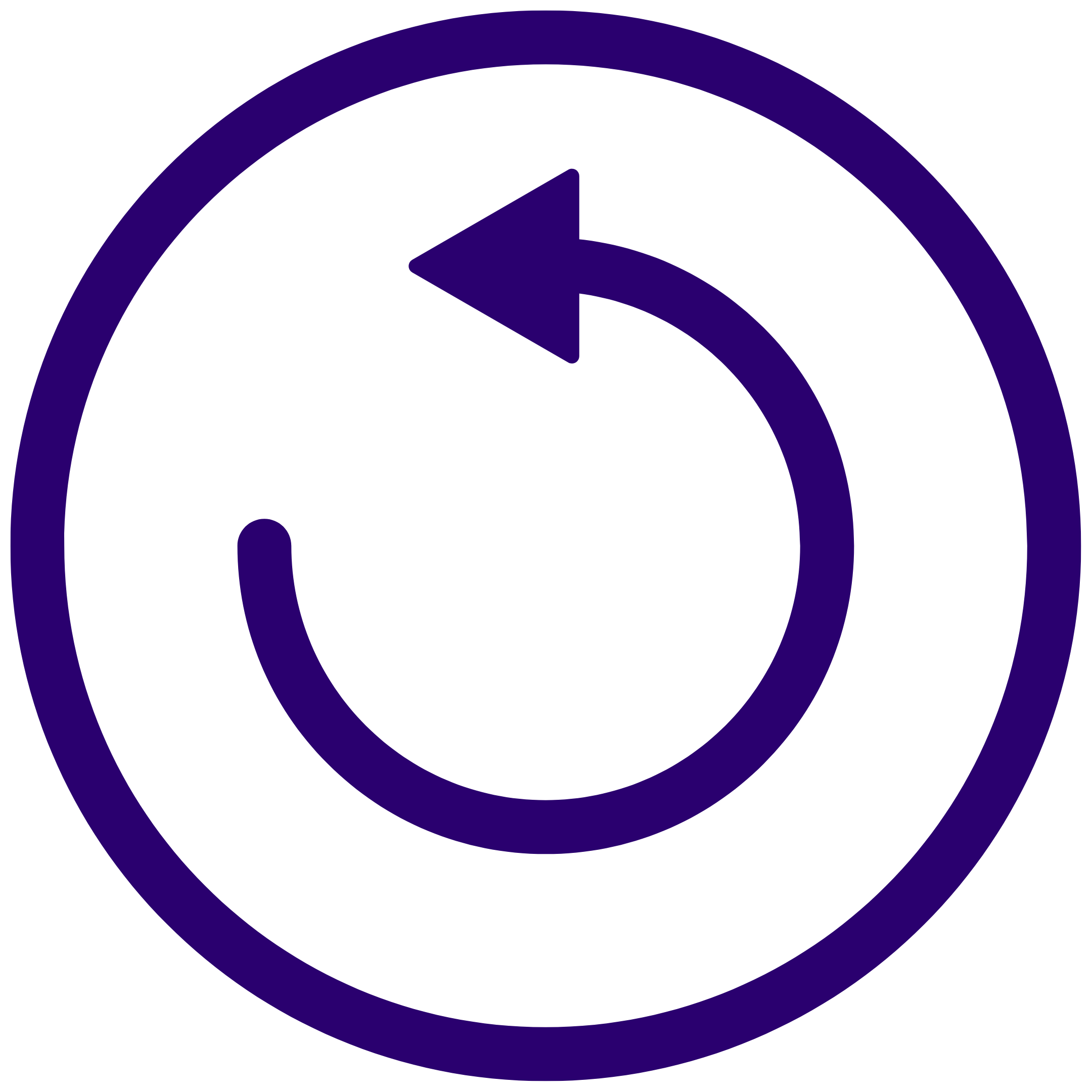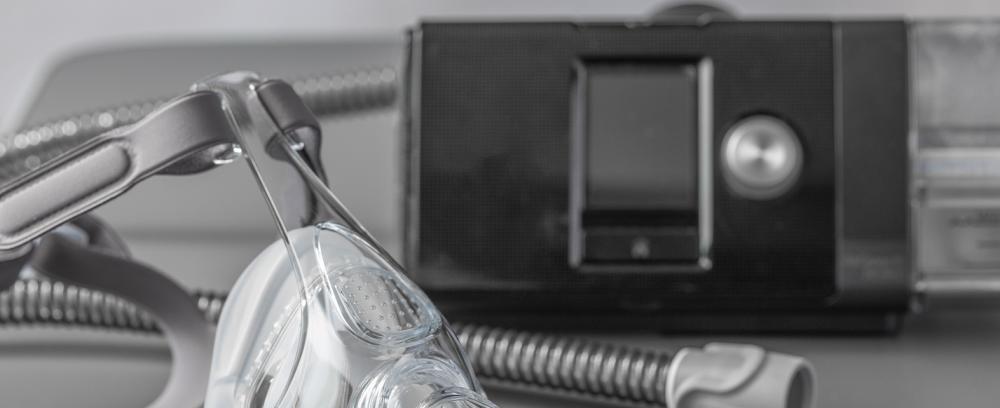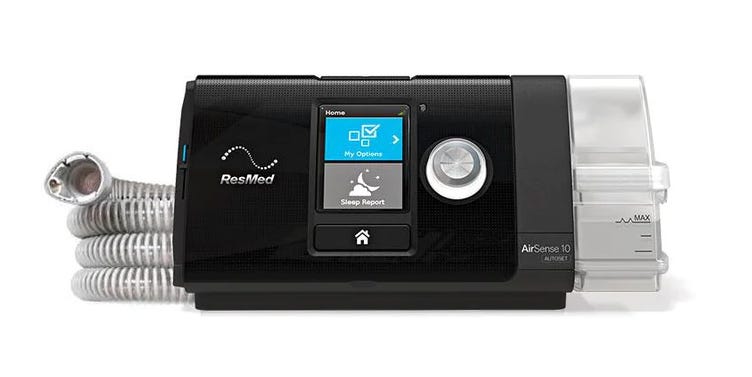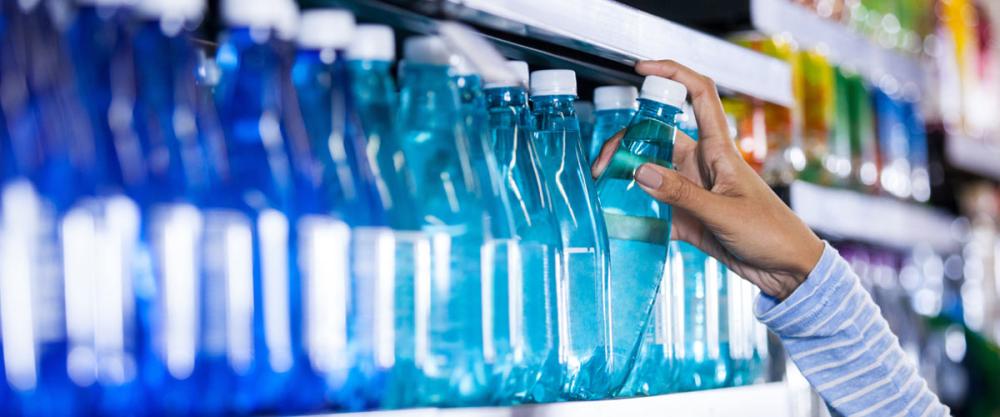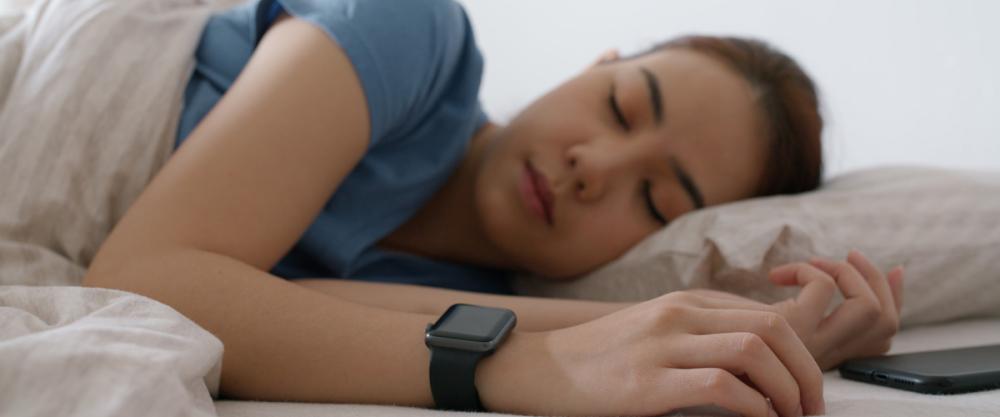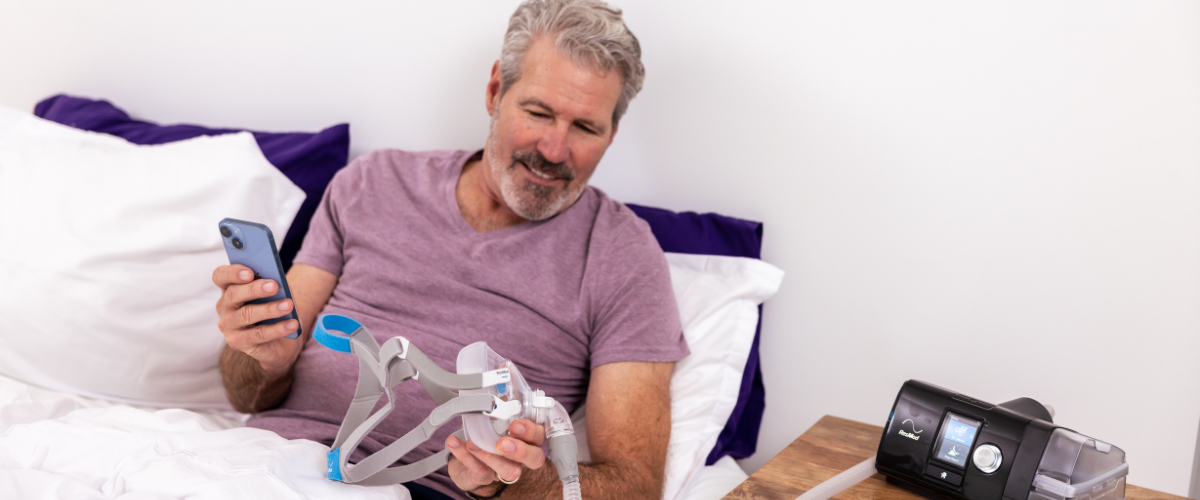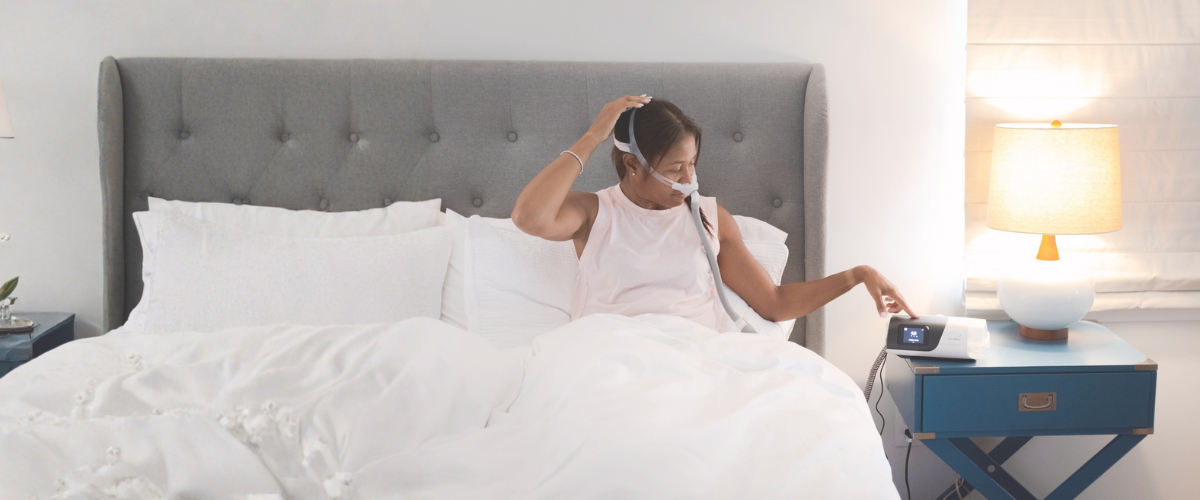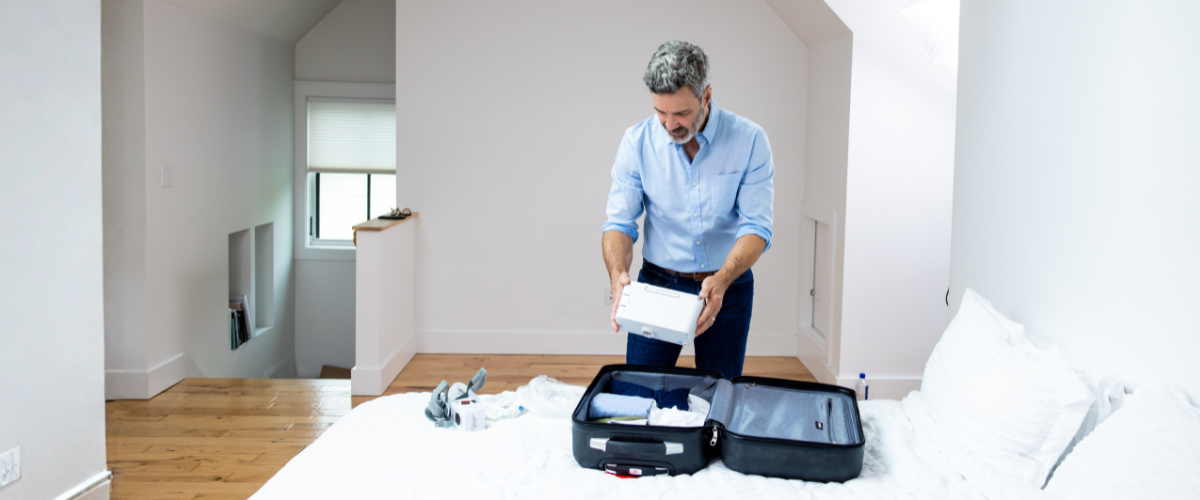Ask around about people’s favorite CPAP machine and you’re bound to run into folks who swear by an APAP instead. They’ll tell you it’s life-changing. They’ll tell you they couldn’t stand regular CPAP. They may even claim an APAP device means you don’t need to see a doctor for sleep apnea. (Spoiler alert: Yes, you do.)
Yet the regular old CPAP still remains the most commonly prescribed treatment for obstructive sleep apnea (OSA). What gives? If APAPs are so popular, why do they still make CPAPs? Well, it turns out there are some very good reasons for both. Today, we’ll take a look at the difference between APAP vs CPAP, and which is better for you.
What Is the Difference Between APAP and CPAP?
In a nutshell, the difference is that CPAP maintains one fixed pressure level, while an APAP machine adjusts its own pressure settings according to your needs. Both devices use pressurized air to treat sleep apnea. The air pressure acts like a splint, preventing your upper airway from collapsing during sleep. But a CPAP stands for “continuous positive airway pressure” because its airflow is, well, continuous. Your doctor will set the pressure setting once, and it will stay that way unless your healthcare needs change. For this reason, you’ll also see these machines referred to as fixed-pressure or set-pressure CPAP.
CPAP
- Stands for Continuous Positive Airway Pressure
- Maintains one fixed pressure level
- Your doctor will set the pressure settings once, and it will stay that way until your healthcare needs change
- Primary choice recommended for people with OSA
APAP
- Stands for Automatic Positive Airway Pressure
- Automatically adjusts its own pressure settings to meet your needs
- Your doctor will set a range of pressure levels
- Usually recommended for those with mild to severe OSA and difficulty exhaling with the CPAP machine. It should not be used for central sleep apnea, COPD, and other diseases affecting the lungs.
On the other hand, an APAP, or "automatic positive airway pressure" machine, only ever delivers the exact airflow that you need. It’s because of this ability that you may also see APAP devices referred to as autoCPAP, auto-adjusting CPAP, or auto-titrating CPAP. The APAP monitors your breathing while you sleep, and uses sophisticated algorithms to determine your pressure needs. When your breathing is stable, a lower pressure makes it easier to breathe.
Or if the APAP detects difficulty breathing, it will gradually raise to a higher pressure. In this way, an APAP always delivers the least amount of airflow necessary to be effective– so they’re very popular with sleep apnea patients who otherwise have difficulty adjusting to standard CPAP.
Is An APAP the Same as a BiPAP?
APAPs and BiPAPs are similar in that they both have the ability to deliver different pressure levels– but they’re not the same thing. The difference is in how and when they change pressure levels.
A BiPAP machine (or bilevel CPAP) switches between two pressure settings; however, those settings remain the same throughout the night. During inhalation, high pressure airflow keeps your airways open. During exhalation, the BiPAP switches to a lower pressure level that makes it easier to breathe.
The opposite is true for an APAP. An APAP adjusts its air pressure throughout the night, but that pressure is (typically) the same during inhalation and exhalation. An APAP is more likely to adjust because of changes in your sleep stage or sleeping position, for example.
BiPAPs are often prescribed for patients who have additional health problems that aren’t addressed by traditional CPAP therapy– such as COPD or congestive heart failure.
Which Is Better: CPAP or APAP?
After reading the differences above, you might assume you’re Team APAP, but hold up. Remember that fixed-pressure CPAP is the most widely-prescribed treatment for OSA. So which is better? Let’s take a look at the pros and cons of each…
CPAP Pros
- Considered the most effective treatment for sleep apnea
- More affordable than APAP
- Some CPAP users prefer a consistent airflow
APAP Pros
- Easier to get used to than fixed-pressure CPAP
Uses the least amount of air pressure needed - Automatically accommodates allergies or nasal congestion
- No need to change your pressure settings if you gain or lose weight
- Great for people who frequently change sleeping positions
CPAP Cons
- Some find it uncomfortable to exhale against continuous airflow
- May need to have the settings adjusted to accommodate major lifestyle changes
- Doesn’t adjust to accommodate changes in breathing pattern
APAP Cons
- More expensive than fixed-pressure CPAP
- May not be appropriate for patients with cardio-pulmonary problems
- Pressure changes may cause some people to wake up
How Much Does an APAP Cost?
On average, you can expect to pay between $400 to $1,000 for an APAP machine, depending on the features included.
A comparable fixed-pressure CPAP with the same features would typically run between $300 to $800. The reason for the difference is the advanced technology that allows APAPs to monitor your breathing and adjust accordingly.
For those who swear by APAP machines, that's more than enough to justify the price, because they find it easier to stick with their treatment and get a good night’s sleep.
If you’re ready to jump on the APAP train, you’ll need to talk to your doctor or sleep specialist first. Your prescription will need to specify whether you’re buying an APAP, CPAP, or BiPAP machine.
Once you’ve got that golden ticket, here are some of the best APAP machine options you’ll want to check out…
The Best APAP Machines
ResMed AirSense 10 AutoSet Card-to-Cloud With Heated Humidifier
The AirSense 10 is the most popular CPAP machine on the planet! The Card-to-Cloud model has everything you love about the regular AirSense 10, except for a cellular modem. Its biggest draw is the clinically-proven algorithms which provide remarkably accurate pressures. It’s also designed so that the changes in pressure are gradual and more natural than other competing APAPs.
Feature Highlights
- Built-in heated humidifier
- Auto-climate settings control your temperature and humidity to keep you comfortable
- AutoRamp with Sleep Onset Detection
- SmartStart and SmartStop automatically begins/ends therapy when you put your mask on or take it off
- SD card support allows you to record your sleep data for easy upload to the Cloud
Luna G3 Auto CPAP with Heated Humidifier
When the Respironics recall happened, 3B Medical's Luna CPAP models became highly sought-after because they offer advanced sleep medicine technology at a competitive price. The latest model, the G3 Auto CPAP, is designed to simplify your CPAP therapy, and unlike other machines, it offers Wi-Fi connectivity.
Feature Highlights
- Built-in heated humidifier with pre-heat function
- Real-time air leak and mask fit alerts
- Automatic air leak and altitude compensation
- Ramp mode begins therapy at a low pressure and gradually ramps up
- AutoStart begins your airflow when you put your mask on
- Wi-Fi connectivity

